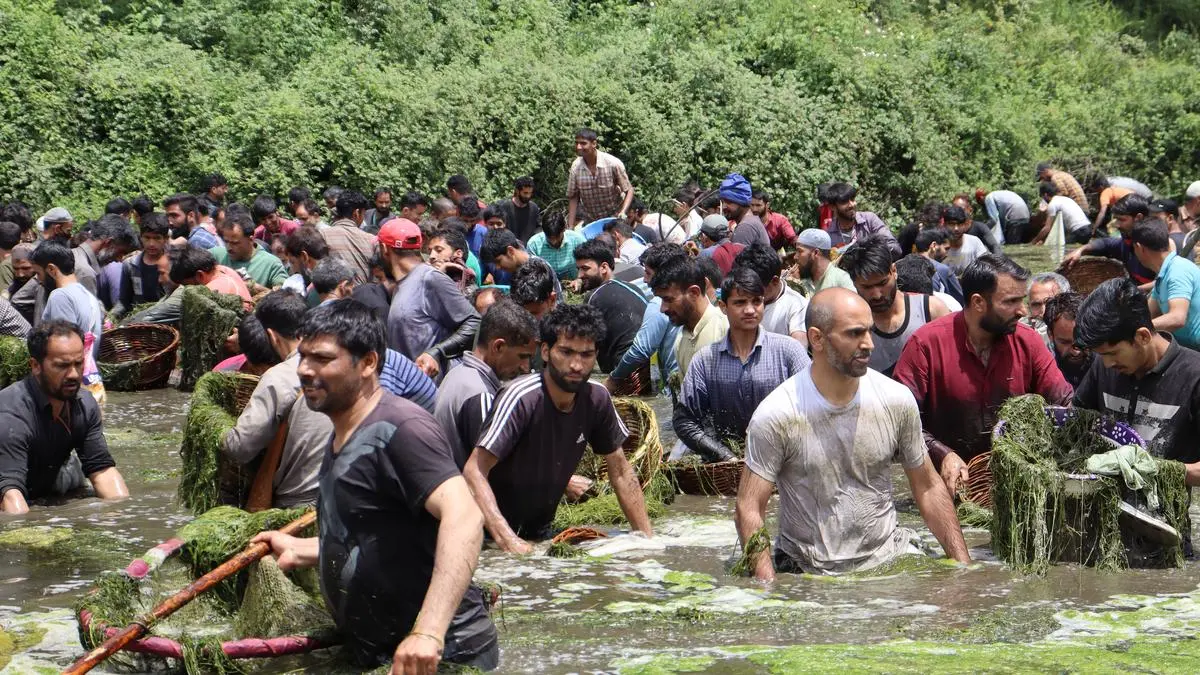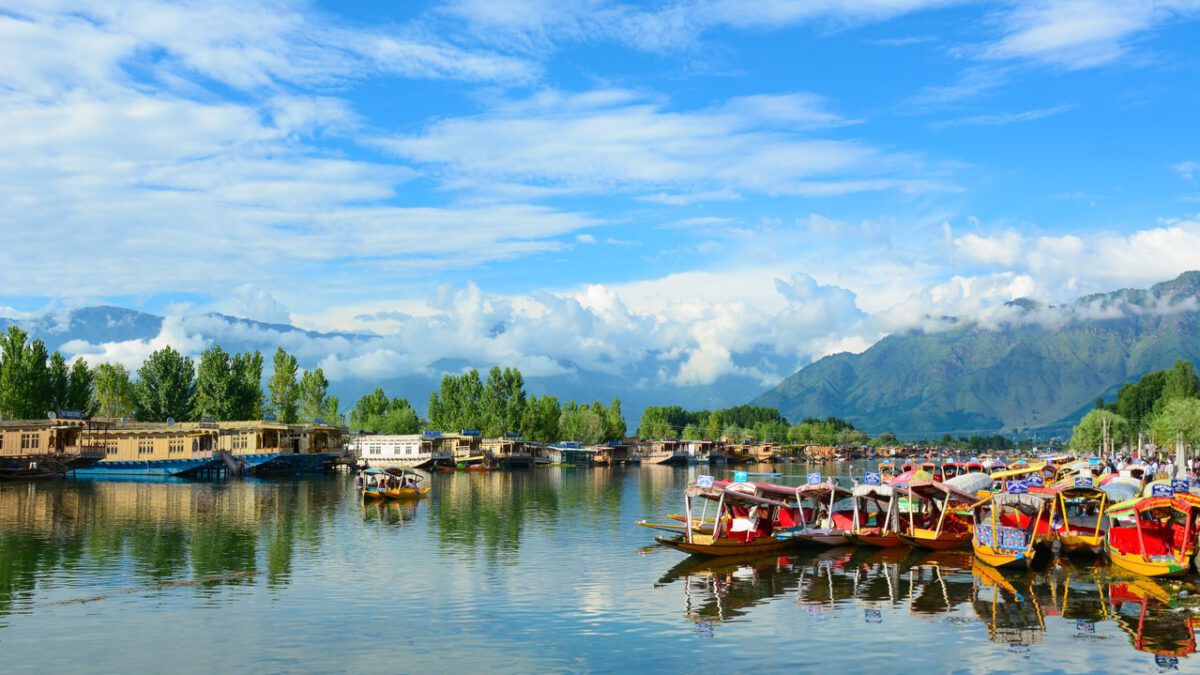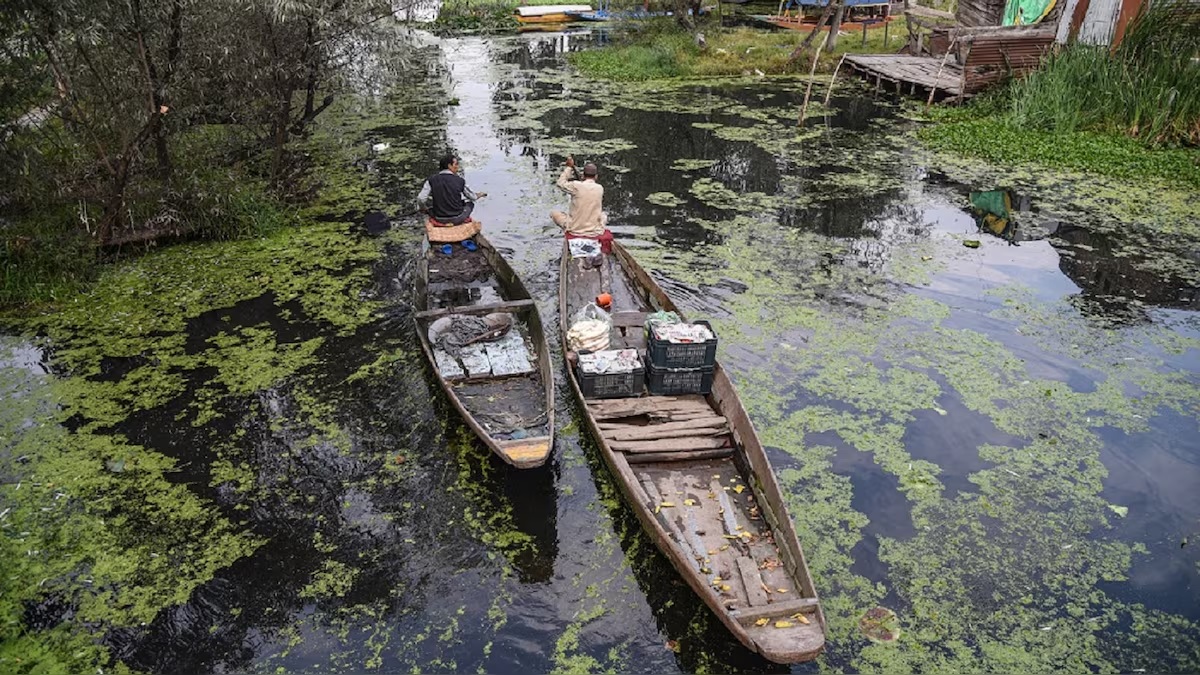Panzath Village: How Kashmir’s “Village of 500 Springs” Is Reviving Its Water Heritage | Al Tahara Cleanliness Campaign
By: Javid Amin | 21 October 2025
Where Faith Meets Flow
In the heart of Anantnag district, just 65 kilometers south of Srinagar, lies a small village whose story is reshaping how Kashmir thinks about environmental responsibility. Panzath—known across the Valley as the “Village of 500 Springs”—is not just a place of natural wonder, but now a model of grassroots environmental revival.
For centuries, crystal-clear water gushed through its meadows and courtyards, feeding fields, orchards, and fish ponds. The springs of Panzath were once symbols of purity and abundance, sustaining both the land and the people. But decades of neglect, encroachment, and modern waste had begun to choke this fragile ecosystem.
Rather than waiting for official intervention, the villagers chose action.
They came together under a banner that blends spirituality with sustainability—“Al Tahara,” meaning Cleanliness is Faith—to restore what nature had once gifted them.
“We realized that if we didn’t act, we’d lose everything that made Panzath special,” says local teacher Bilal Ahmad. “These springs are not just water—they are our identity.”
Panzath: The Village of 500 Springs
The name Panzath has deep linguistic and cultural roots. Derived from the Kashmiri words “Paanch” (five) and “Hath” (hundred), it literally means ‘Five Hundred’. Oral traditions say the area once hosted over 500 natural springs that gushed year-round from underground aquifers.
The Living Landscape
Nestled on the banks of the Brijl Ladi stream, Panzath’s geography is a microcosm of the Valley itself: green meadows, willow trees, apple orchards, and crystalline water channels crisscrossing the village. Its network of springs and rivulets once made it one of the most water-rich settlements in the Himalayas.
Each spring has a local name and story—some linked to Sufi saints, others to folk legends.
They serve not only ecological but spiritual and social roles: places where villagers perform ablution, celebrate festivals, or gather for daily chores.
A Crisis in the Making
But beneath the idyllic surface, a silent crisis had been brewing. Over the last two decades, Panzath’s water sources began to dry up or become contaminated, echoing a pattern seen across Kashmir’s rural heartlands.
Encroachment and Urban Sprawl
-
Concrete structures encroached upon spring beds.
-
Natural water channels were blocked or diverted.
-
Open drains carried sewage dangerously close to freshwater outlets.
Waste and Pollution
With no formal municipal service, households resorted to dumping waste in open areas.
Plastic bags, food waste, and animal refuse began entering the waterways, reducing flow and contaminating water quality.
Climate Stress
Erratic rainfall and warmer winters have lowered the water table, further straining these springs.
Some that once flowed year-round now run dry for months.
“We used to count hundreds of springs. Today, only a few dozen are active,” laments Ghulam Rasool, a farmer in his seventies. “The younger generation had never seen Panzath in its full glory.”
Birth of “Al Tahara – Cleanliness Is Faith”
In early 2024, a group of young residents, teachers, and religious leaders came together to confront the crisis. Their vision was clear: blend environmental stewardship with faith-based motivation.
Faith as a Catalyst for Change
The campaign’s title, “Al Tahara”, meaning cleanliness, draws from Islamic teachings emphasizing purity and responsibility toward nature.
This spiritual connection gave the movement its moral strength and community legitimacy.
“Faith teaches us that water is sacred,” says Imam Hilal Qadri, who delivers Friday sermons in the local mosque. “If we pollute what God created pure, we betray our faith.”
A Community-Driven Model
Unlike government programs, Al Tahara is entirely community-funded and executed.
-
Every household contributes a small monthly donation.
-
Volunteers, including schoolchildren, take part in weekly clean-up drives.
-
Local carpenters and mechanics repair water channels and clear blockages.



